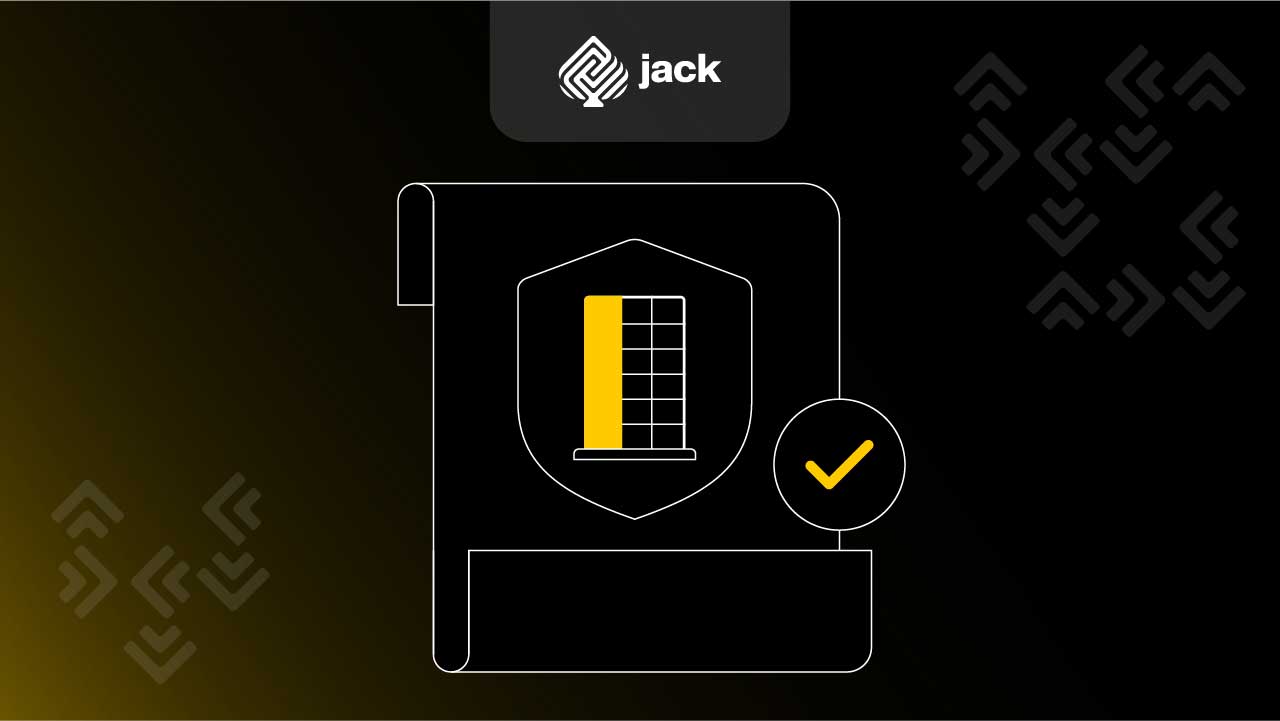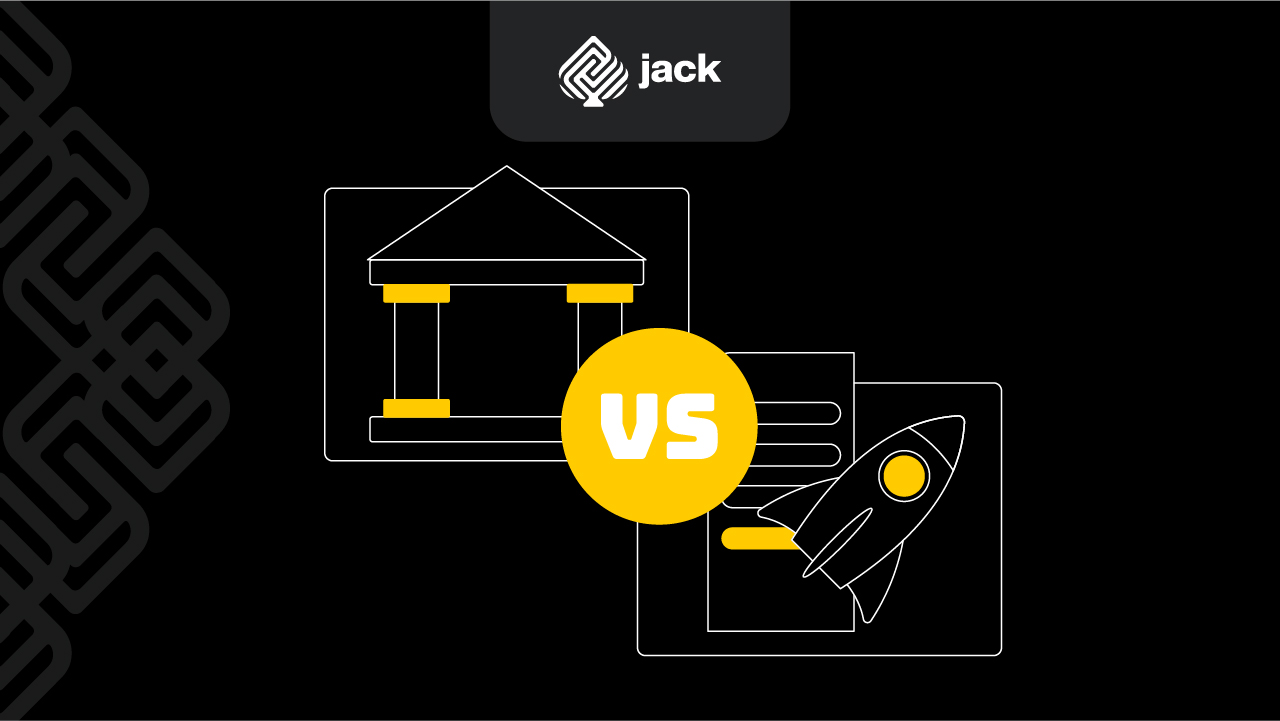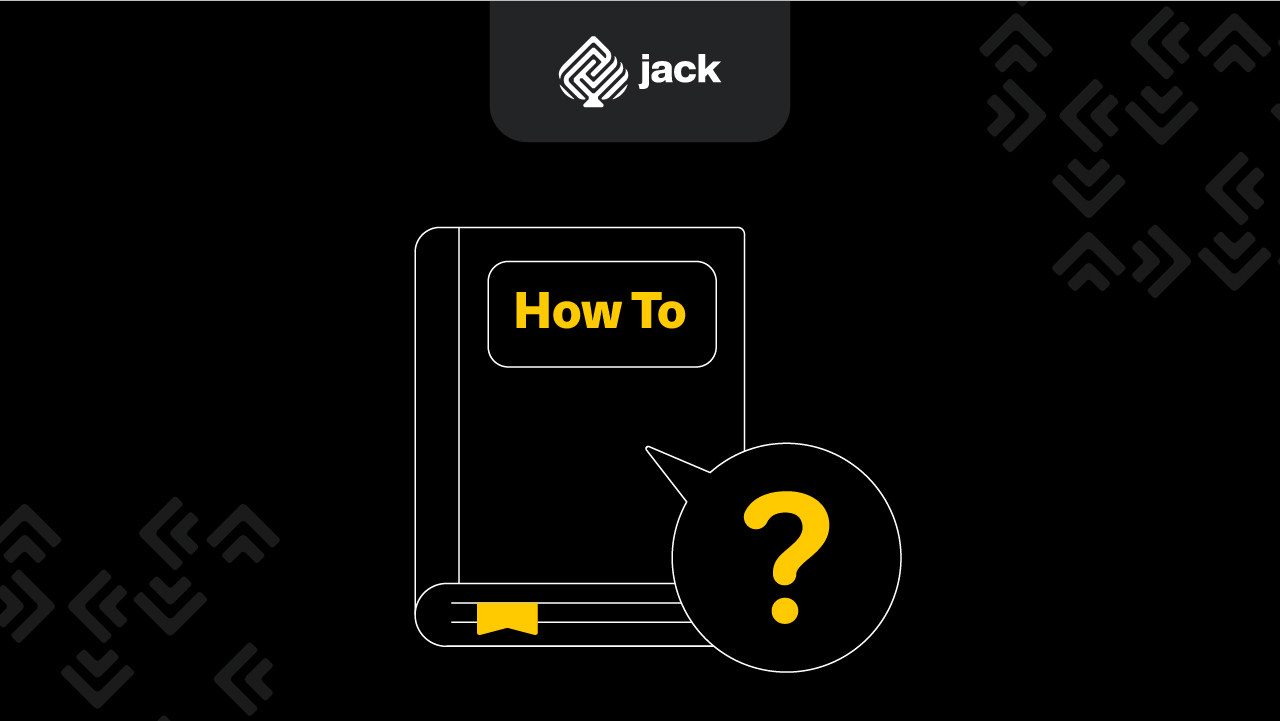In the continually evolving business landscape, Material Requirements Planning (MRP) and Enterprise Resource Planning (ERP) have become key tools in ensuring the sustainability and operational efficiency of companies.
In this article, we will delve into the crucial role of MRP and ERP and how they contribute to optimizing the supply chain and overall business efficiency.
Introduction to MRP and ERP as Business Management Tools

Material Requirements Planning (MRP) and Enterprise Resource Planning (ERP) have become the cornerstone of managing modern businesses. Both are highly essential management tools in ensuring efficient and optimal operations.
MRP and ERP provide integrated solutions for planning, inventory management, and coordinating business activities comprehensively.
MRP and ERP, abbreviations for Material Requirements Planning and Enterprise Resource Planning, respectively, reflect the needs for materials and enterprise resource planning. In the era of globalization and intense business competition, a profound understanding of their roles is key to achieving a competitive advantage.
See Tutorial Account Verification Jack
Differences Between MRP and ERP: Focus, Scope, and Objectives

1. Focus
MRP and ERP have different focuses in terms of business management. MRP is more focused on material and inventory management, including material requirements planning, inventory monitoring, and production scheduling to ensure that the materials needed for production are always available in the right quantity.
On the other hand, ERP has a broader focus. In addition to material management, ERP also encompasses other functions such as finance, human resources, marketing, sales, and customer service. In other words, ERP is designed to be an integrated solution covering all aspects of company operations.
2. Scope
The scope of MRP and ERP reflects the depth of integration and their influence on business operations. MRP, as a component of ERP, tends to have a more limited scope, primarily focused on workflows and activities directly related to inventory and production.
Meanwhile, ERP embraces all aspects of business, from financial management to human resources and beyond. Thus, ERP creates an environment where the entire organization can work together in an integrated manner, enhancing efficiency and responsibility across departments.
3. Objectives
The objectives of MRP and ERP reflect their respective missions. MRP aims to optimize the supply chain by ensuring the availability of the right materials at the right time, avoiding overstock or shortages that can hinder production.
On the other hand, the primary goal of ERP is to create an integrated platform where all departments can collaborate and share information efficiently. With strong integration, ERP aims to enhance visibility, reduce data redundancy, and support better decision-making.
Why Are MRP and ERP Important?

It is essential to understand why MRP and ERP play a crucial role in the modern business environment. First, MRP helps companies become more responsive to changes in market demand and avoid inventory-related risks. By planning material requirements carefully, companies can avoid overstock that can incur high storage costs.
Meanwhile, ERP brings the ability to manage all aspects of business on one integrated platform. This provides full visibility into the entire supply chain and business processes. With easy access to real-time data, companies can make better decisions and respond to market changes more quickly.
Benefits of MRP in the Supply Chain

Material Requirements Planning (MRP) plays a central role in ensuring the smoothness and efficiency of a company’s supply chain. In this subheading, we will delve deeper into the crucial benefits of MRP in the context of the supply chain and how it can enhance business efficiency.
1. Optimize Inventory
One of the primary benefits of MRP is its ability to optimize inventory levels. By analyzing demand data and production requirements, MRP helps companies plan material needs accurately. This prevents overstock, reduces potential storage costs, and ensures the availability of the right materials when needed.
2. Production Efficiency
By better understanding material needs, MRP helps improve production efficiency. Production processes can be scheduled and executed more smoothly, reducing unnecessary production downtime. This, in turn, can increase productivity and reduce production costs.
3. Cost Savings
MRP helps companies avoid excess inventory, which can lead to wasted storage costs and potential devaluation of materials. Conversely, by minimizing the risk of stockouts, companies can avoid additional costs associated with emergency fulfillment and expedited deliveries.
Role of ERP in Enterprise Resource Management

Next, let’s focus on Enterprise Resource Planning (ERP) and how its role shapes overall enterprise resource management.
1. Integration of Business Functions
One key role of ERP is to integrate all business functions into one platform. From finance to human resources, sales, marketing, and more, ERP creates an environment where the entire organization can interact and share information efficiently.
2. Full Business Visibility
ERP provides full visibility into all aspects of operational and business processes. Stakeholders from various departments can access real-time data, providing the basis for faster and more accurate decision-making. It also enables management to have a comprehensive understanding of the company’s performance.
3. Coordination of Business Activities
ERP allows better coordination between various business activities. With integrated information, departments can work together to achieve organizational goals. This reduces redundancy, improves efficiency, and creates a more coordinated work environment.
Use Jack for your business needs
In unraveling MRP and ERP, we have seen how both play crucial roles in ensuring the optimization of the supply chain and overall business efficiency. MRP lays the foundation for inventory management, while ERP brings the comprehensive integration needed to run a modern business.






